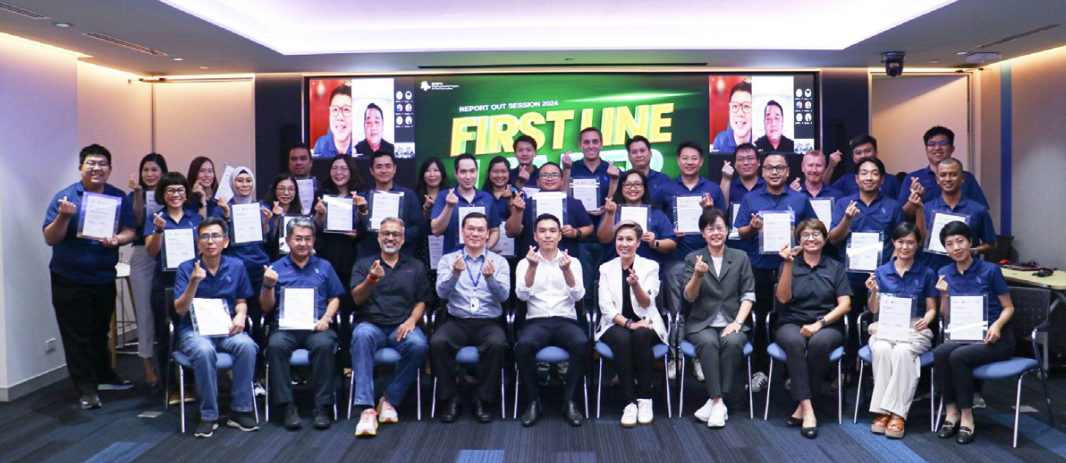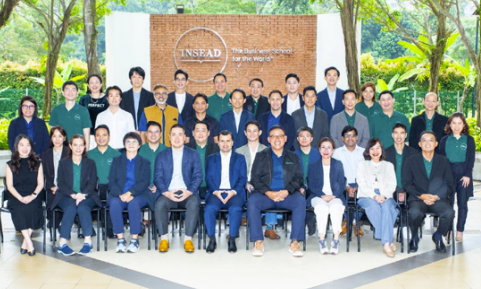Significance
One of the key success factors for operating a business to achieve its ultimate goals amid a rapid technology disruption is to develop employees’ competencies to be equipped with knowledge, and occupational expertise, as well as managerial skills, inclusion of promoting their leaderships. It is also one of human resources management strategies to accommodate business expansion, and to increase competitive advantages. BPP, therefore, has prepared comprehensive competency development plans for its executives and employees to enhance their learning ability and work efficiency, in tandem with creating leadership development plans in accordance with the organization’s targets and missions.

Management Approach
BPP has created the individual development plans (IDP) and training roadmap, divided into short-term (annual basis) and long-term employee development programs (according to business strategic plans) with following management approaches:
| Designing short-term training courses | Designing long-term training courses |
|
Emphasizing the creation of training courses aligned with BPP strategies and corresponding to business need trends, as well as a demand for emerging skills in the global market. This is to prepare employees to be the business change leaders. The course also focuses on connecting the diversity of each country in which BPP operates.
|
Additionally, BPP has promoted the learning environment in various styles, such as:
- Helpful and engaging learning experiences, such as job rotations and direct assignments helping employees to develop skills related to their close job fields and participation in projects having cross-functional characteristics, and working in affiliates abroad, etc.
- Online learning platform by providing a variety of courses for employees to choose based upon their own interests and potential development goals.
- Always raising awareness about the importance of learning and self-improvement through cultivating a growth mindset in every part of the organization.
At the same time, BPP has developed succession planning for critical positions to continually manage and support business strategies as follows:
- Establishing a Succession Plan Committee responsible for setting up a policy and specifying the organization’s critical positions.
- Listing the essential characteristics of job positions and determining the criteria used for selecting and recruiting potential candidates.
- Selecting high potential employees by considering based on performance assessment results and in alignment with BPP core values to be specifically imported into the development plan.
- Monitoring and evaluating the results according to the development plan. The Human Resources Department works closely with the Succession Plan Committee to ensure that the HR development plan is consistent with BPP’s business goals and strategies, which will be evaluated every quarter. In addition, the external consultants have helped evaluate and improve the development process for potential people.
Performance
- Proportion of employees having IDPs was 88% for Thailand, and 73% for China.
- Proportion of critical positions having IDP was 100%.
- The average training hours of employees equaled to 43.6 hours/person.
Key Activities and Projects
Document Download
Banpu Group’s Training and Development Policy







